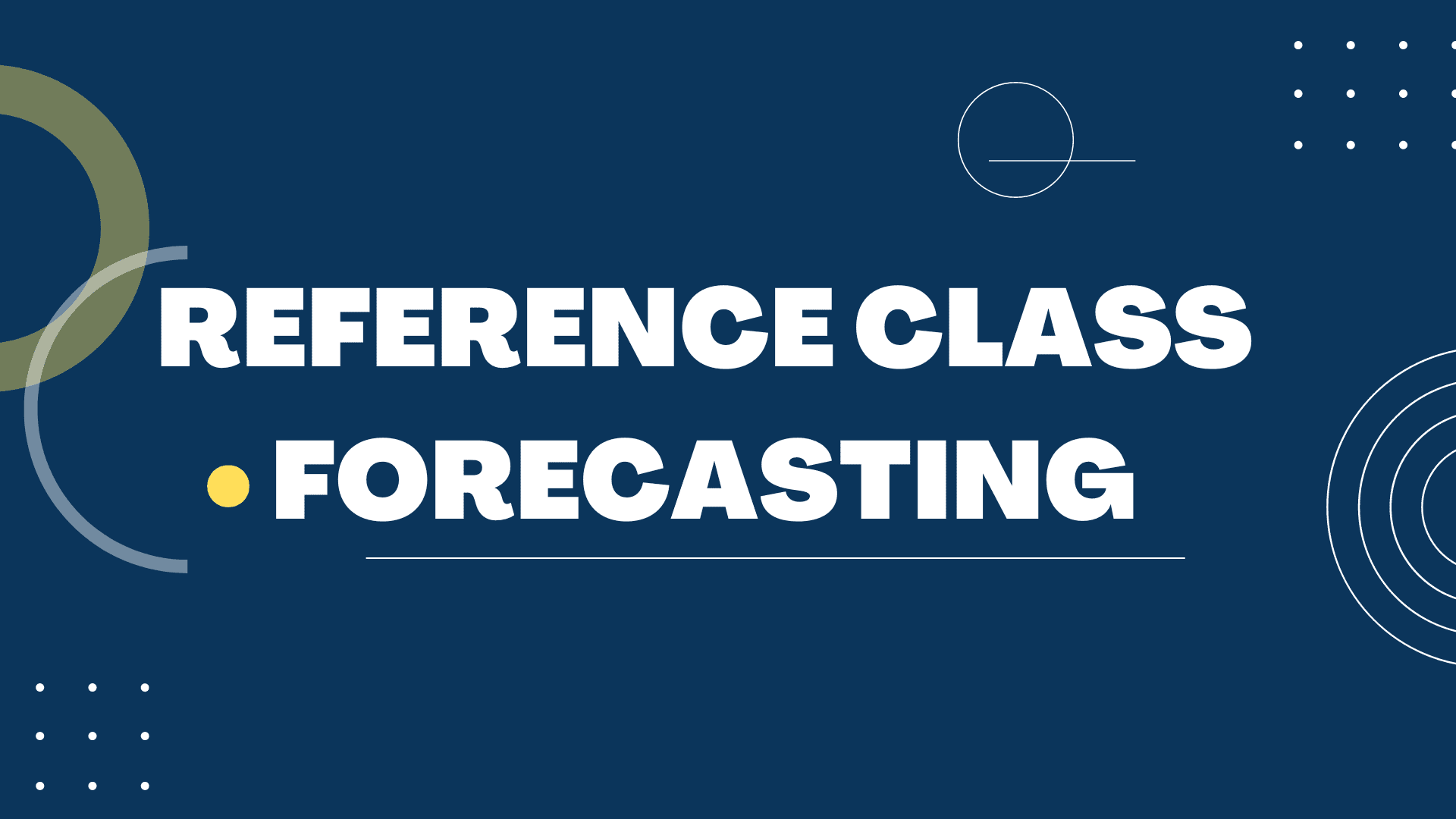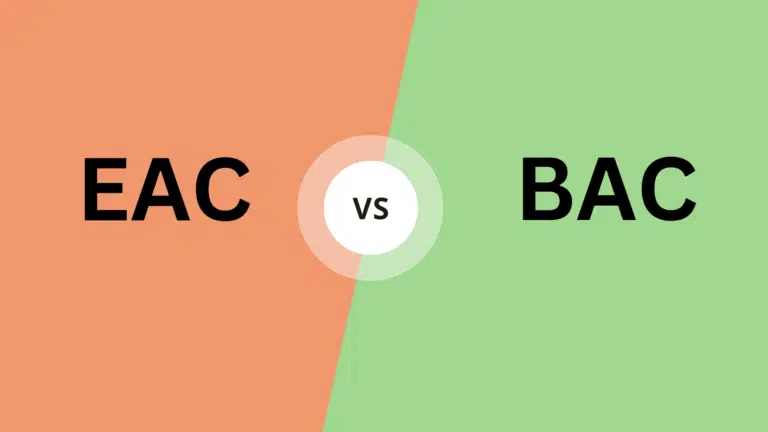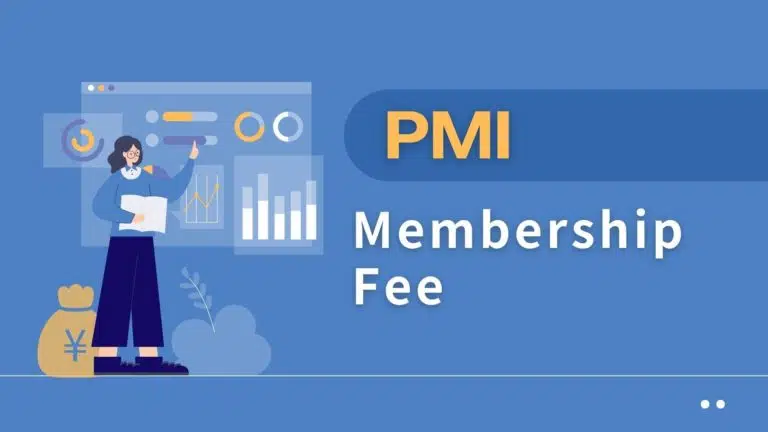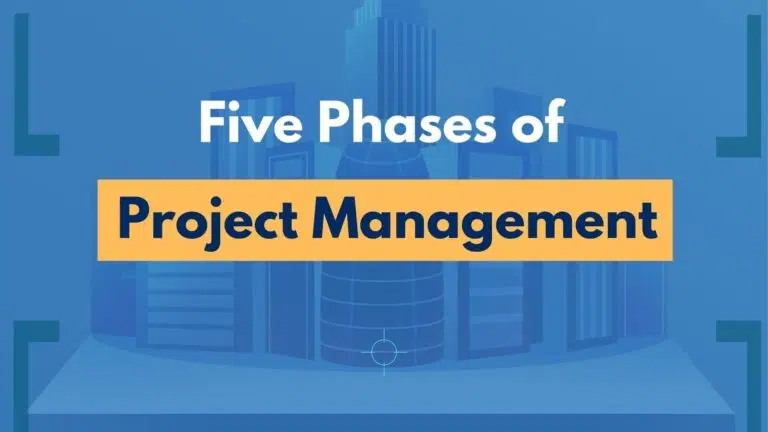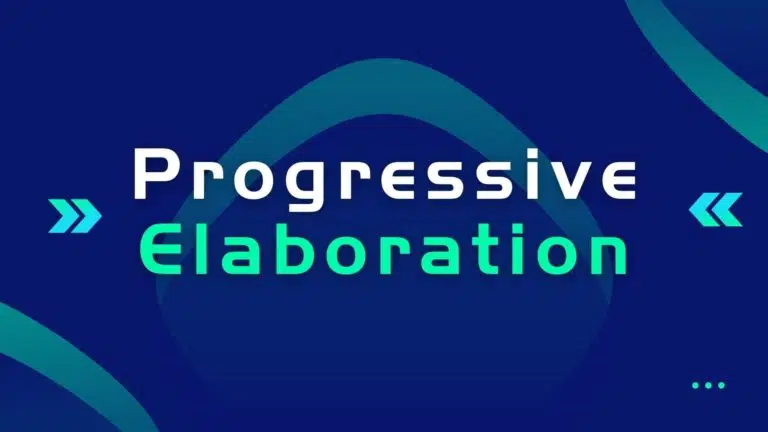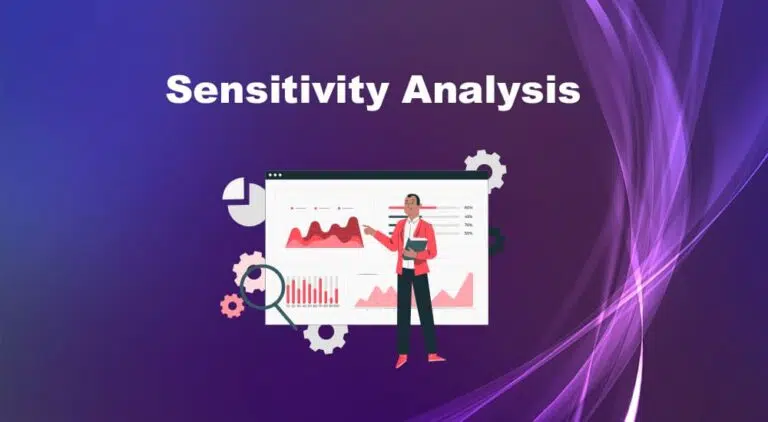In reference class forecasting, you will predict the future by reviewing past events and their outcomes. This method was developed by Danish economic Professor Bent Flyvbjerg and his colleagues in the early 2000s.
Daniel Kahneman and Amos Tversky were psychologists whose work laid the foundation for understanding cognitive biases and heuristics, which have significant implications for decision-making under uncertainty.
They found that human behavior is optimistic due to bias and overconfidence. Team members underestimate the costs, duration, and risks and overestimate the benefits. Kahneman and Tversky referred to this concept as a planning fallacy.
Reference class forecasting addresses this fallacy by systematically comparing the current project to similar past projects, thus providing a more realistic basis for forecasting.
You can use the reference class forecasting method to predict the outcome or duration of a future project or task by comparing it to similar past projects.
The idea is to identify a reference class of past projects that is similar to those forecasted. By analyzing the outcomes and/or durations of these past projects, you can estimate the outcome and/or duration of the future project.
Steps to Conduct Reference Class Forecasting
Use the following steps to conduct reference class forecasting:
- Reference Class Identification: First, you will find past projects similar to those forecasted in terms of scope, complexity, resources, environment, etc.
- Data Collection: You will collect and analyze data related to the outcomes of past projects in the reference class. This includes project budgets, timelines, resources used, and any other relevant metrics.
- Data Analysis: You will use statistical methods to analyze the data and estimate the outcome (e.g., budget, future project duration, etc.).
- Unique Factor Adjustment: While past projects in the reference class will provide a basis for forecasting, you should adjust to account for any unique characteristics or circumstances of the current project that are not available in the reference class.
- Results Communication: After completing the analysis, you will communicate the forecasted outcome and associated risks and uncertainties to project stakeholders for planning and decision-making processes.
Summary
You can use reference class forecasting to minimize the effects of optimism bias and overconfidence by providing a realistic, data-driven approach to forecasting future outcomes. Reference-class forecasting will help you make more informed decisions and manage project risks more effectively.

I am Mohammad Fahad Usmani, B.E. PMP, PMI-RMP. I have been blogging on project management topics since 2011. To date, thousands of professionals have passed the PMP exam using my resources.

